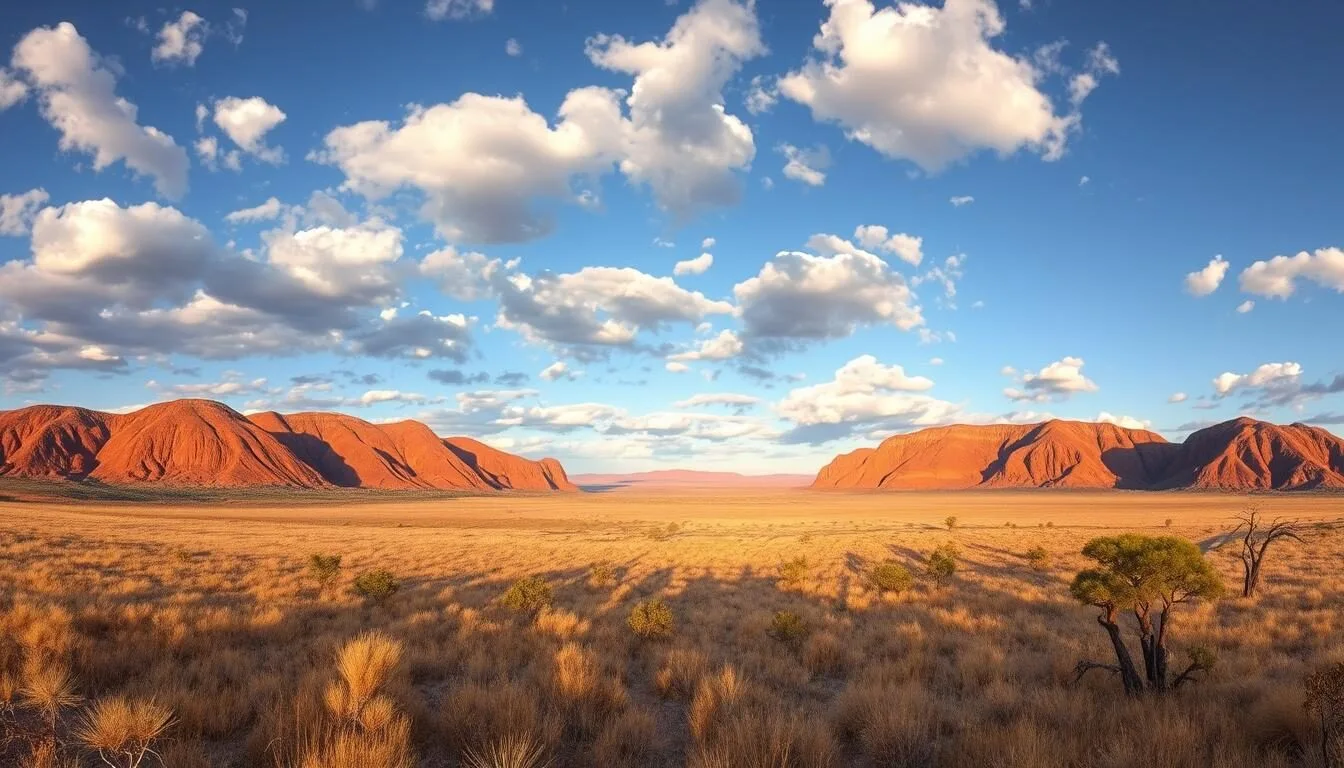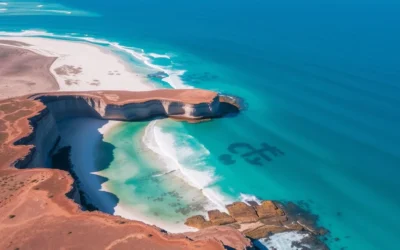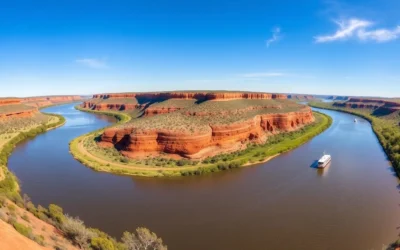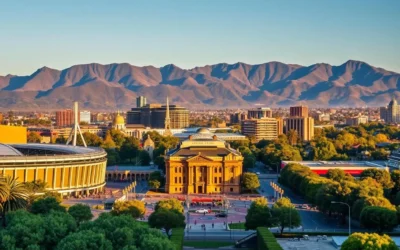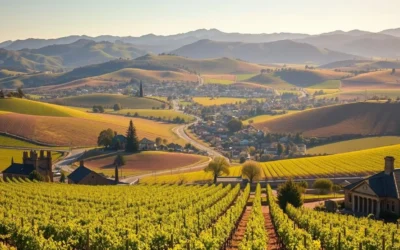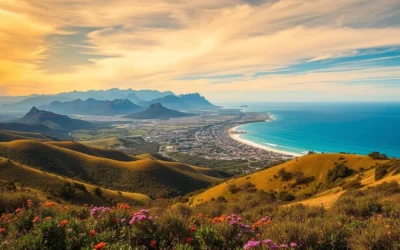The Gawler Ranges National Park is home to one of the world’s largest and oldest volcanic landscapes, formed by dramatic eruptions over 1,600 million years ago. This ancient wilderness shelters more southern hairy-nosed wombats than anywhere else in Australia, making it a wildlife paradise that remains wonderfully uncrowded. Located approximately 600km from Adelaide in South Australia’s Eyre Peninsula, this remote outback gem offers visitors a chance to experience stunning geological formations, abundant wildlife, and star-filled night skies in peaceful solitude.
Getting to Gawler Ranges National Park
The Gawler Ranges National Park is located in the northern Eyre Peninsula of South Australia, approximately 600km from Adelaide and 250km from Port Augusta. The remote location is part of its appeal, offering visitors a true outback experience away from crowds.
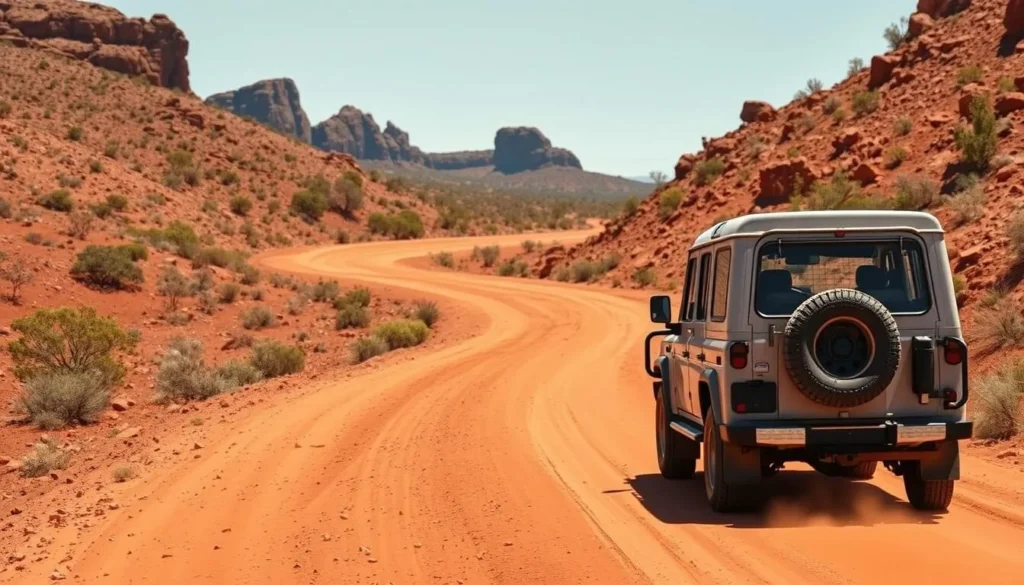
There are several access points to the park:
- From Port Augusta: Take the Eyre Highway and turn off at Iron Knob for a 130km drive on unsealed roads to reach the eastern entrance.
- From the south: Access via Wudinna or Minnipa on the Eyre Highway.
- From the north: More adventurous travelers can approach from Kingoonya via Lake Gairdner.
Ready to start your journey?
Find the best flights to Adelaide or Port Augusta to begin your Gawler Ranges adventure.
A high-clearance 4WD vehicle is highly recommended for exploring the park, as most roads are unsealed and can be challenging after rain. While some main tracks are accessible by robust 2WD vehicles in dry conditions, a 4WD will allow you to access all the park’s highlights and remote areas.
Best Time to Visit
The Gawler Ranges experience hot, dry summers and cool winters. The best time to visit is during autumn (March-May) and spring (September-November) when temperatures are mild and comfortable for outdoor activities.
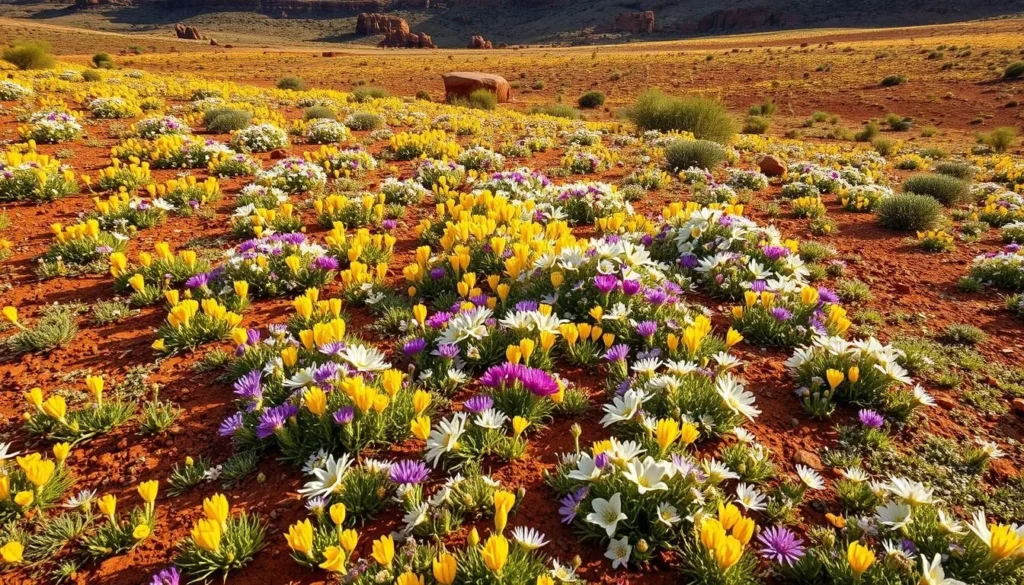
| Season | Temperature | Conditions | Recommendation |
| Summer (Dec-Feb) | 34-40°C | Hot and dry, minimal rainfall | Not recommended unless well-prepared for heat |
| Autumn (Mar-May) | 18-28°C | Mild days, cool nights | Excellent time to visit |
| Winter (Jun-Aug) | 16°C day, 4°C night | Cool days, cold nights | Good for wildlife viewing, bring warm camping gear |
| Spring (Sep-Nov) | 20-30°C | Mild weather, wildflowers blooming | Ideal time to visit |
Spring is particularly special as wildflowers carpet the landscape with vibrant colors. Winter offers excellent wildlife viewing opportunities, though nights can be quite cold for camping. Summer temperatures can soar above 40°C, making outdoor activities challenging without proper preparation.
Where to Stay
The Gawler Ranges National Park offers several camping options for visitors wanting to immerse themselves in the outback experience. All camping areas require advance booking through the South Australian Parks website.
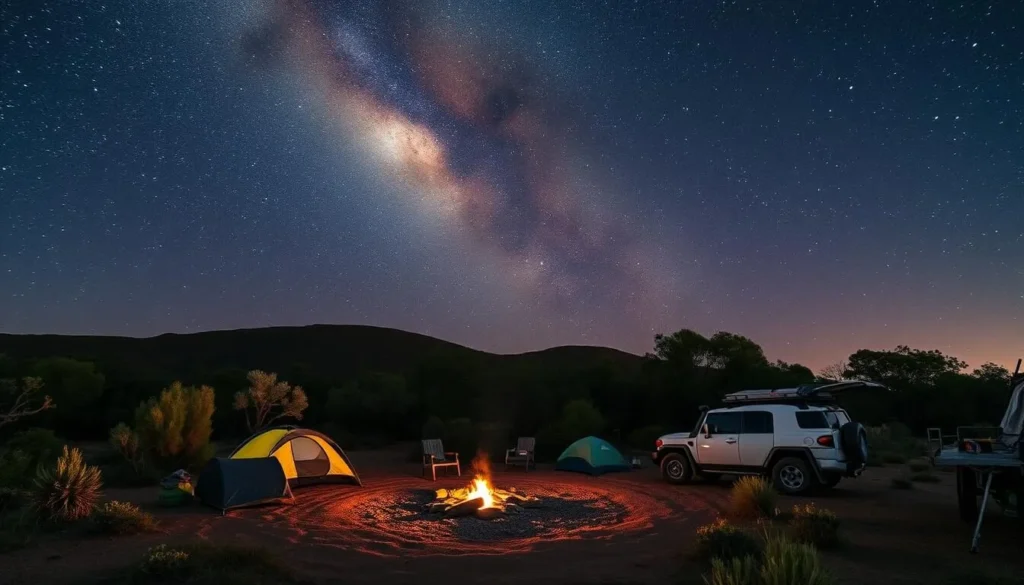
Camping Areas in the Park
Kolay Hut Campground
A popular camping area near Kolay Mirica Falls with basic facilities including drop toilets. The campsite is nestled around a creek line, offering protection from the elements.
Yandinga Campground
A large camping area set among acacia and mallee trees with multiple sites and basic facilities. Great for stargazing and wildlife viewing.
Chillunie Campground
A more remote camping option with fewer facilities but offering excellent solitude and natural surroundings.
Mattera Campground
Located along the Mattera Track with basic facilities and good access to walking trails.
Alternative Accommodation
Pondanna Outstation
Historic accommodation option within the park offering a more comfortable stay with basic amenities. Bookings required through the park office.
Mt Ive Station
Located near the eastern edge of the park, this working sheep station offers camping sites, shearers’ quarters, and cottage accommodation with more facilities than the national park campgrounds.
Find Your Perfect Stay
Looking for accommodation options in the Gawler Ranges area or nearby towns?
Top Things to Do in Gawler Ranges National Park
1. Explore the Organ Pipes
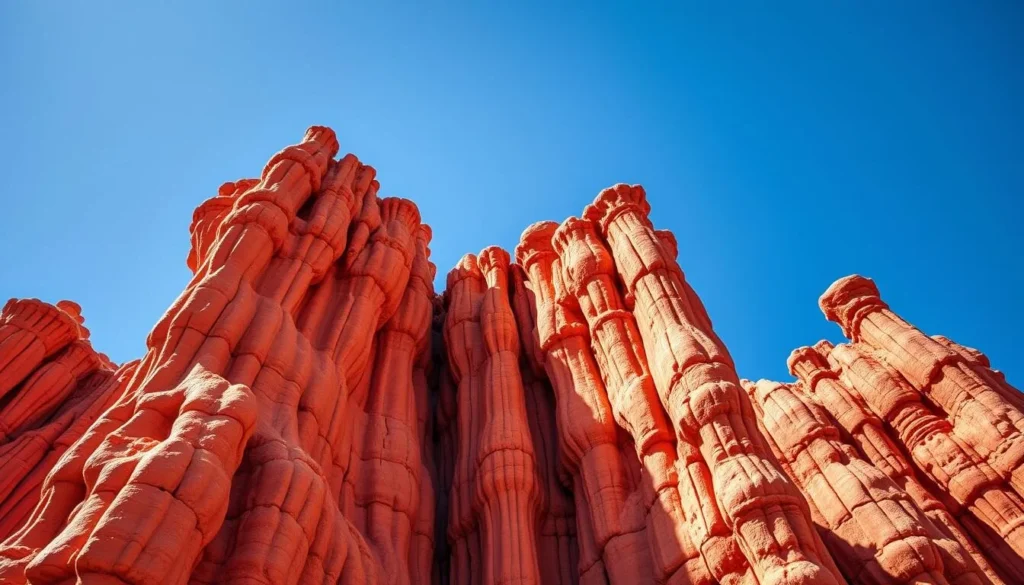
The Organ Pipes are the park’s most iconic geological feature – impressive columns of red rhyolite formed by volcanic activity 1,600 million years ago. Located in the southeastern corner of the park, these dramatic formations are accessible via a 10km 4WD track followed by a short 500m walk. Visit in the afternoon for the best lighting to capture stunning photographs as the sun illuminates the rich red colors of the ancient rock.
2. Visit Kolay Mirica Falls
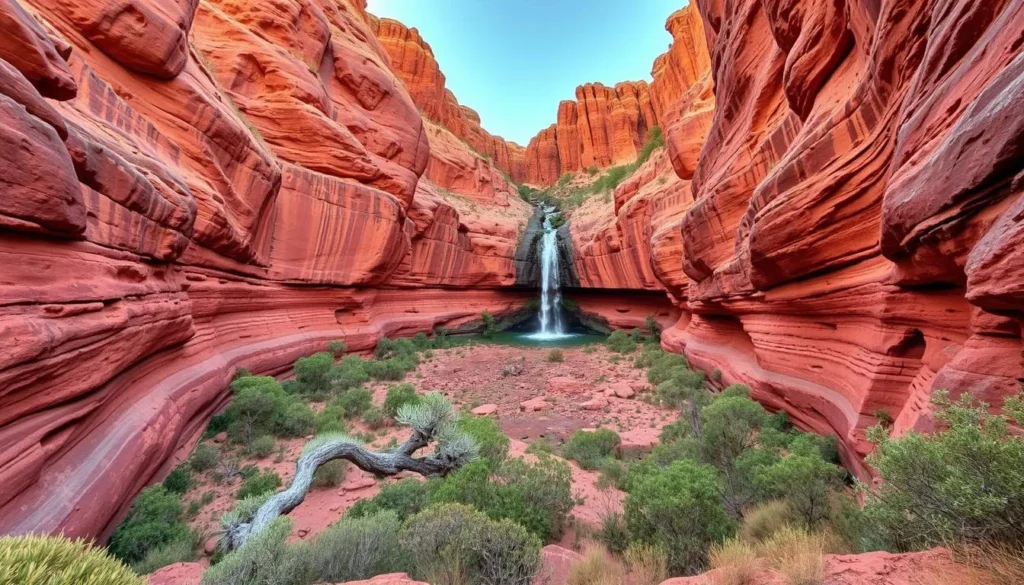
While actual flowing water is rare except after heavy rain, Kolay Mirica Falls is worth visiting for its spectacular rock formations. The site features impressive rhyolite columns similar to the Organ Pipes but in a different setting. Access is via the LP Track, which winds through open valleys and rocky terrain before reaching the falls and nearby Kolay Hut campsite.
3. Wildlife Watching
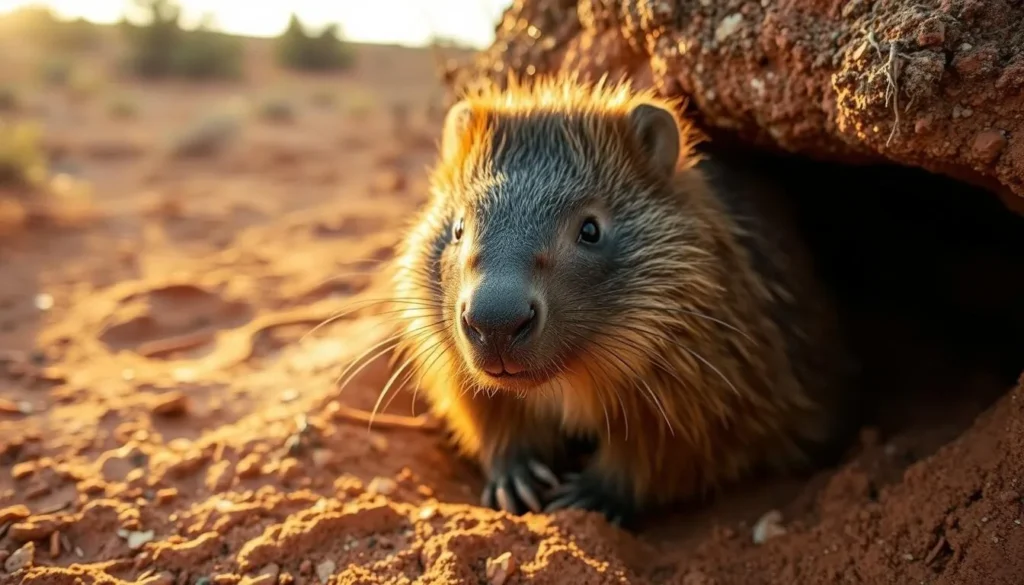
The Gawler Ranges are a wildlife enthusiast’s paradise. The park is home to an abundance of native animals including:
- Southern hairy-nosed wombats – best spotted in the northern areas of the park
- Red and grey kangaroos – abundant throughout the park, especially at dawn and dusk
- Emus – frequently seen crossing roads and open areas
- Euros (wallaroos) – inhabiting the rocky hillsides
- Various bird species including wedge-tailed eagles and Major Mitchell’s cockatoos
The best wildlife viewing times are early morning and late afternoon. Drive slowly along the park’s tracks during these times for the best chance of spotting animals.
4. 4WD Adventures
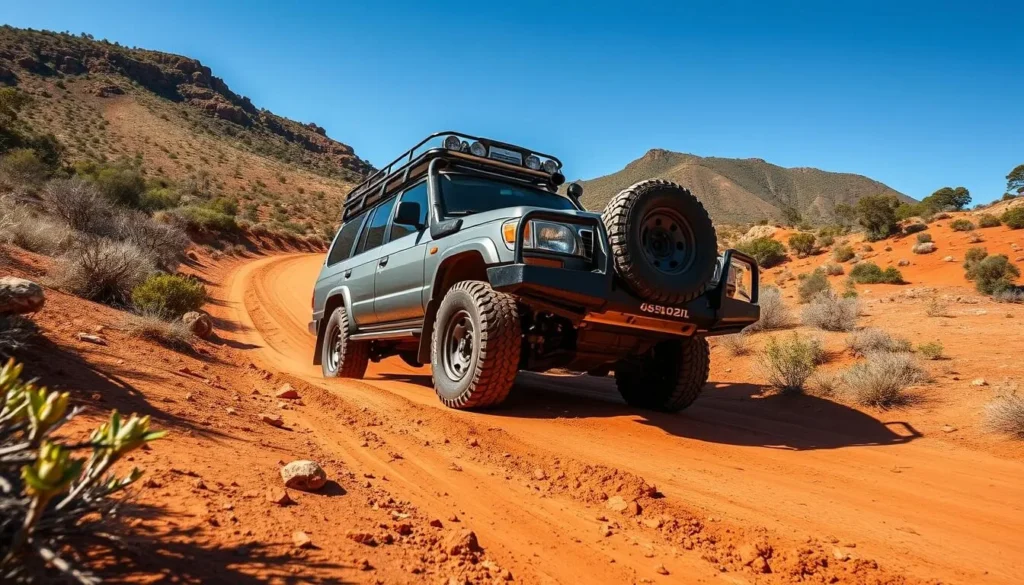
The park offers an extensive network of 4WD tracks that allow visitors to explore its diverse landscapes. Popular routes include:
- Old Paney Scenic Route – accessible by 2WD in dry conditions
- Sturt’s Track – a 30km route winding around claypans and salt lakes (4WD recommended)
- LP Track – traversing wide valleys past Pondanna Outstation to Kolay Mirica Falls
- Turkey Flat and Mattera Tracks – shorter routes exploring the park’s pastoral heritage
Need a 4WD for your adventure?
Rent a suitable vehicle to explore the Gawler Ranges’ remote tracks and trails.
5. Discover Aboriginal Heritage
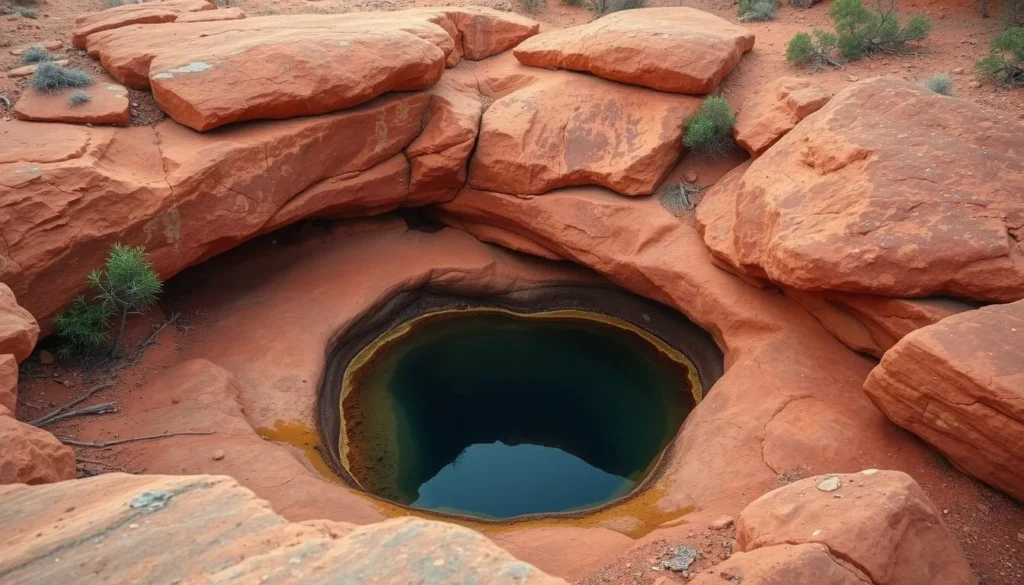
The Gawler Ranges have been home to Aboriginal peoples including the Barngala (Parngala), Kokatha, and Wirangu for thousands of years. While formal tours are limited, visitors can learn about traditional connections to the land through:
- Rock holes and water sources – essential survival features in this arid landscape
- Place names throughout the park that reflect Aboriginal language and culture
- Interpretive signage at key locations explaining cultural connections
Aboriginal Traditional Owners are now involved in maintaining and documenting the park’s rock holes, which were vital water sources used differently depending on their location – higher ones for human consumption and lower ones as hunting grounds.
6. Stargazing
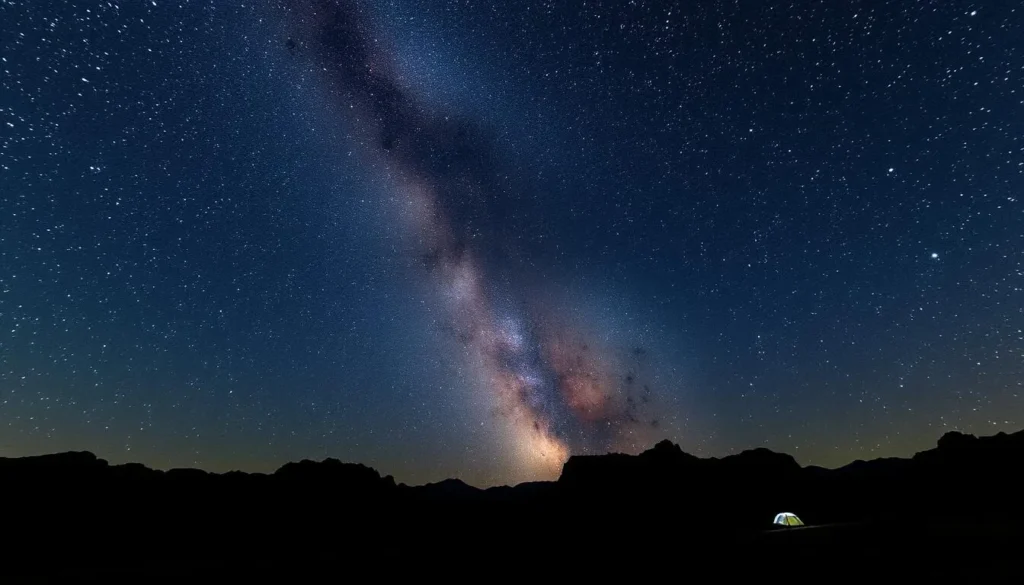
With minimal light pollution, the Gawler Ranges offer exceptional stargazing opportunities. The clear outback skies reveal the Milky Way in stunning detail, making this one of the best places in Australia for astronomy enthusiasts. Bring a telescope or simply lay back at your campsite to enjoy the celestial display.
Walking Trails
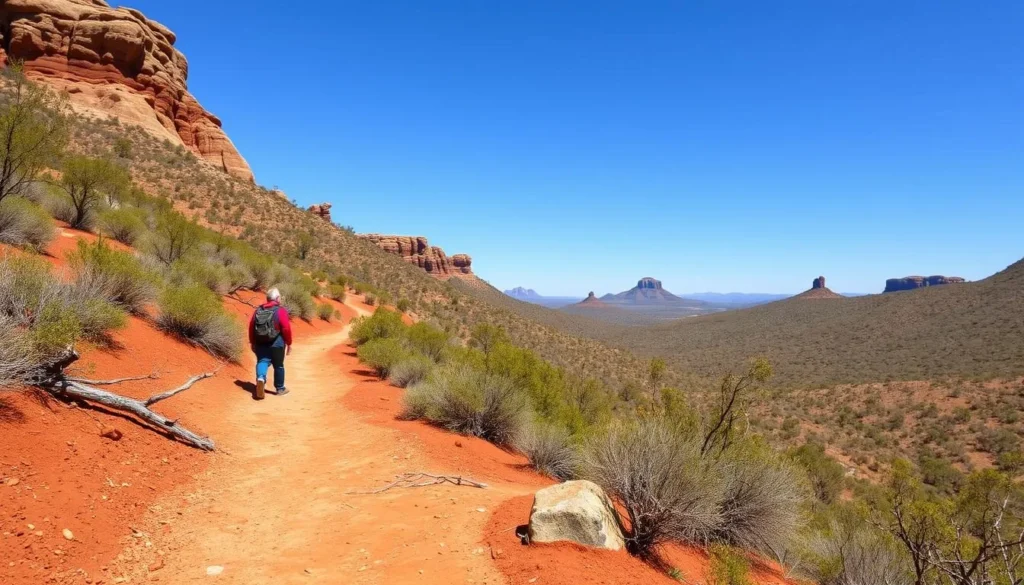
While the Gawler Ranges don’t have extensive developed walking trails, several short walks allow visitors to experience the park’s unique geology and landscapes up close:
Organ Pipes Walk
A short 500m walk from the parking area to view the impressive rhyolite columns. The trail involves some rocky terrain but is manageable for most fitness levels.
Kolay Mirica Falls Walk
An easy 500m walk to view the dramatic rock formations surrounding the falls area. Best visited in late afternoon for photography.
Wanginny Trail
The longest developed walk in the park at 10km, starting from Wanginny campground. Offers excellent views of the surrounding landscape.
Conical Hill Track
A short but rewarding climb offering panoramic views over the plains and ancient sand dunes. Particularly beautiful at sunrise or sunset.
For more adventurous hikers, climbing any of the park’s numerous hills will reward you with spectacular views of the surrounding landscape. Always carry water, wear sun protection, and let someone know your plans before setting out.
Practical Tips for Visiting
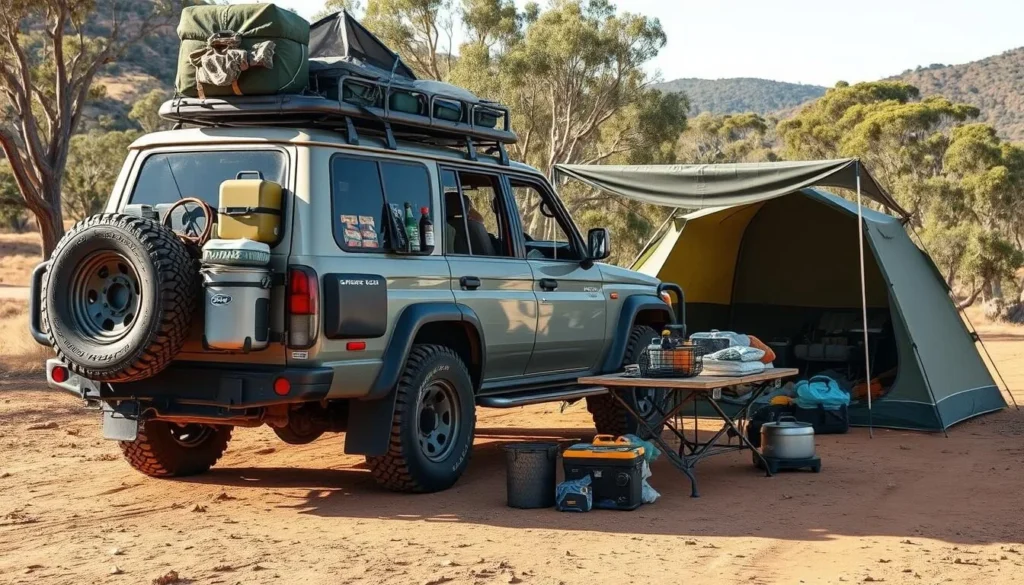
Essential Preparations
- Water: Bring all drinking and cooking water – there are no reliable water sources in the park.
- Fuel: Fill up before entering the park. Mt Ive Station is the only fuel source near the park.
- Supplies: Bring all food and supplies. The nearest shops are in towns along the Eyre Highway.
- Communications: Mobile reception is extremely limited. Consider hiring a satellite phone or UHF radio.
- Permits: Book camping permits online before arrival through the South Australian Parks website.
- Vehicle: Ensure your 4WD is in good condition with spare tires and basic repair equipment.
Safety Considerations
The Gawler Ranges are remote, and help may be hours away. Always travel with emergency supplies, inform someone of your plans, and be prepared for changing conditions.
- Check road conditions before traveling, especially after rain when tracks may be closed.
- Carry extra water, food, and fuel beyond what you expect to need.
- Pack a comprehensive first aid kit.
- Be aware of wildlife on roads, especially at dawn and dusk.
- Check fire ban information during summer months.
Explore Guided Tour Options
For a worry-free experience, consider booking a guided tour of the Gawler Ranges with experienced local operators.
Experience the Magic of Gawler Ranges
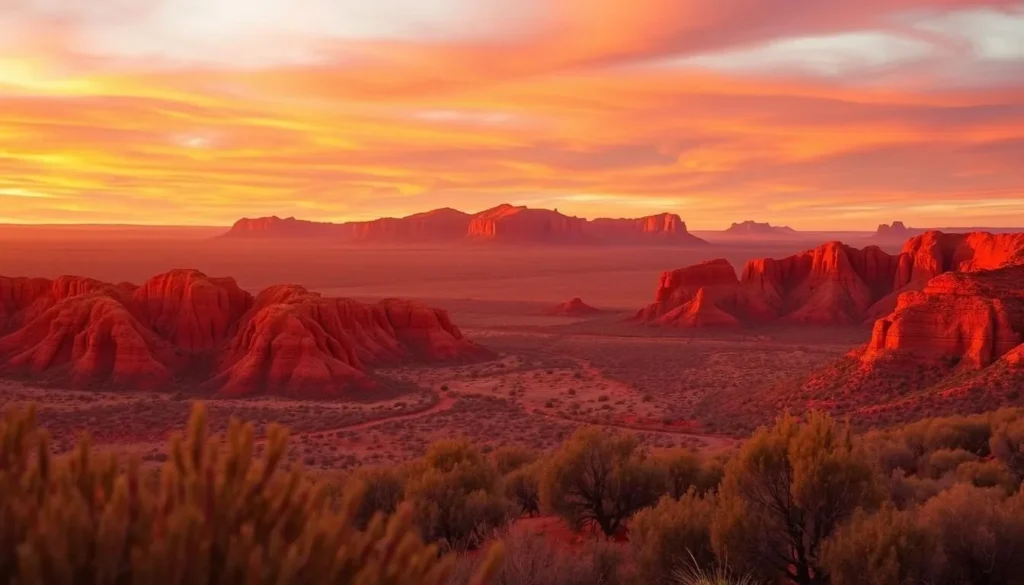
The Gawler Ranges National Park offers a genuine Australian outback experience that remains wonderfully uncrowded. From the ancient volcanic landscapes and abundant wildlife to the star-filled night skies and rich cultural history, this remote wilderness rewards those willing to venture off the beaten path. Whether you’re a geology enthusiast, wildlife lover, photographer, or simply seeking solitude in nature, the Gawler Ranges provide an unforgettable journey into one of Australia’s most unique landscapes.
Ready to walk on land shaped by ancient volcanoes and dreamtime stories? Pack your sense of adventure and prepare to discover the hidden treasures of the Gawler Ranges National Park – where the outback reveals its most spectacular secrets to those who take the time to explore.
